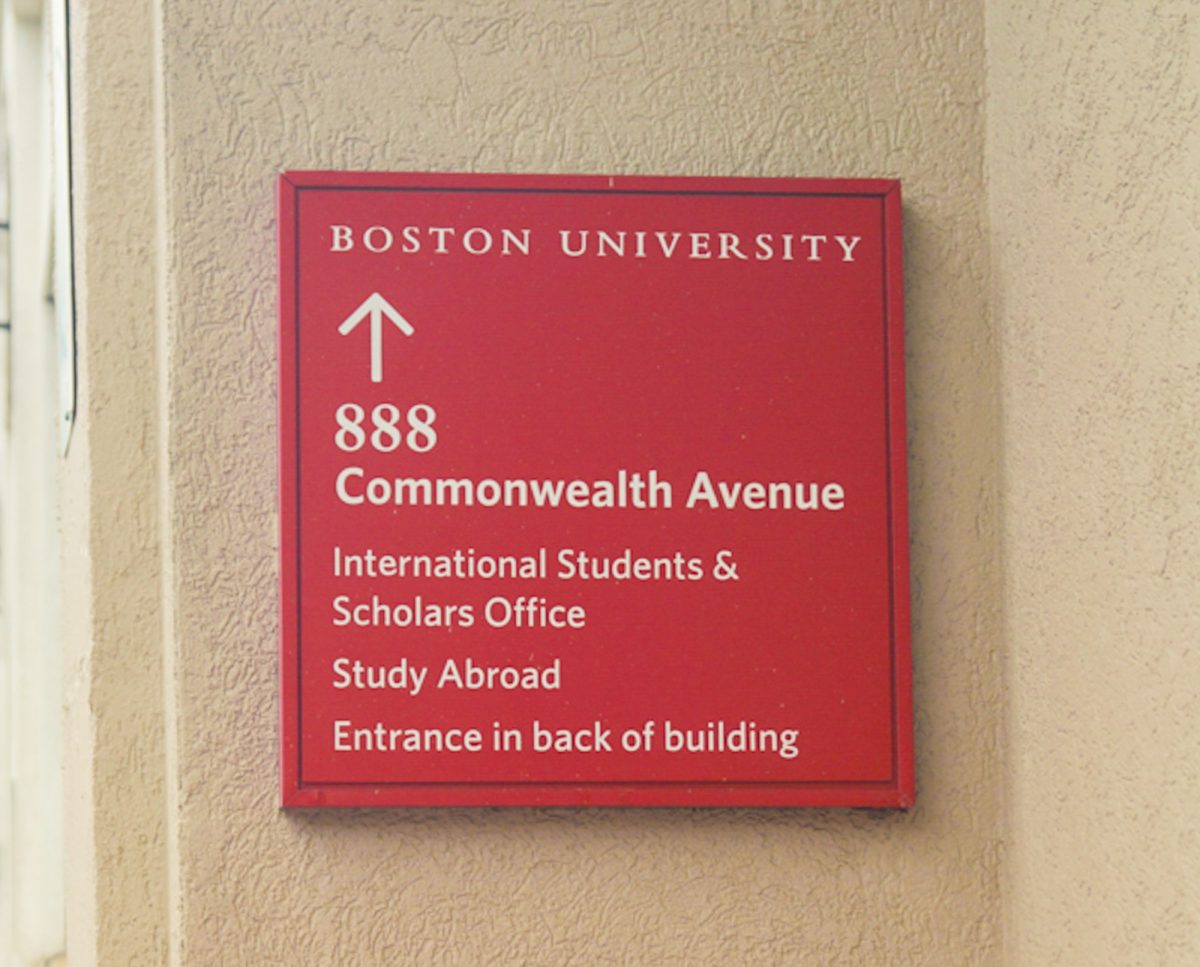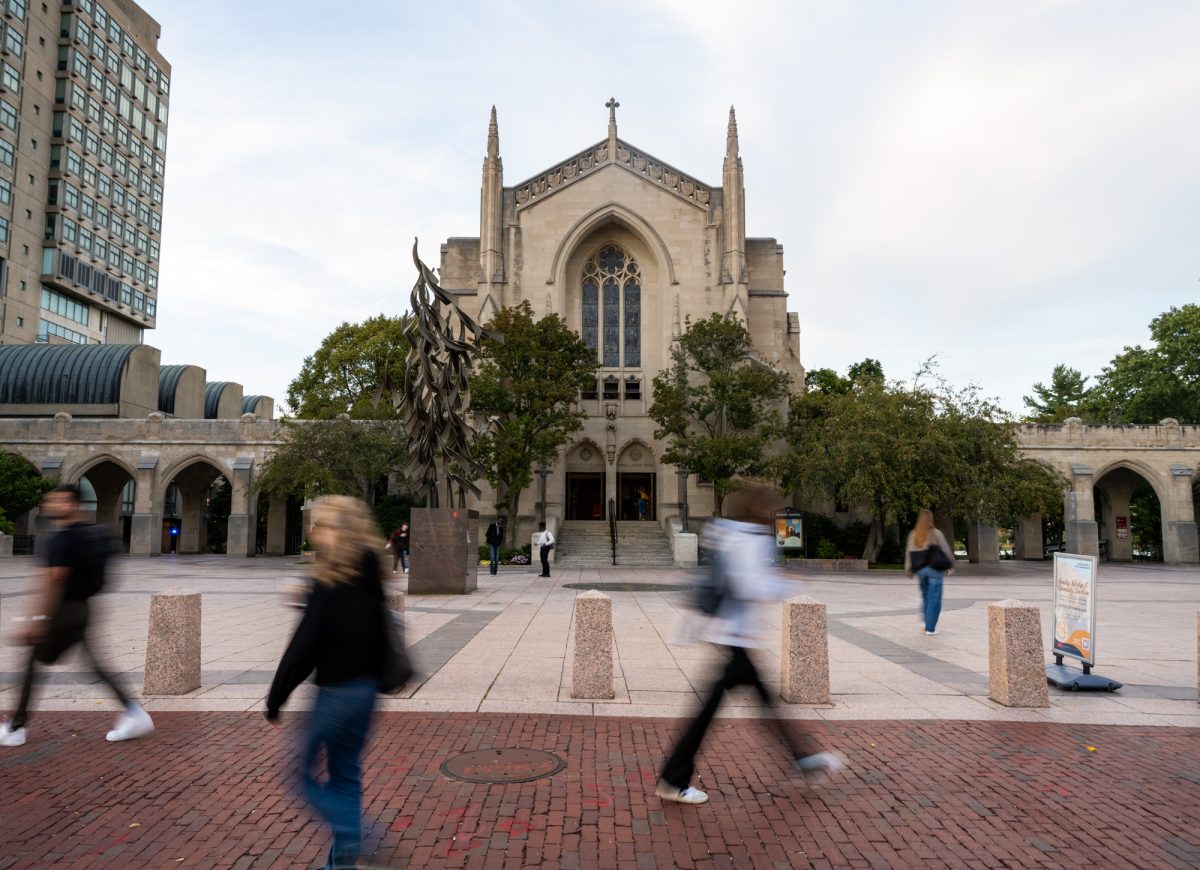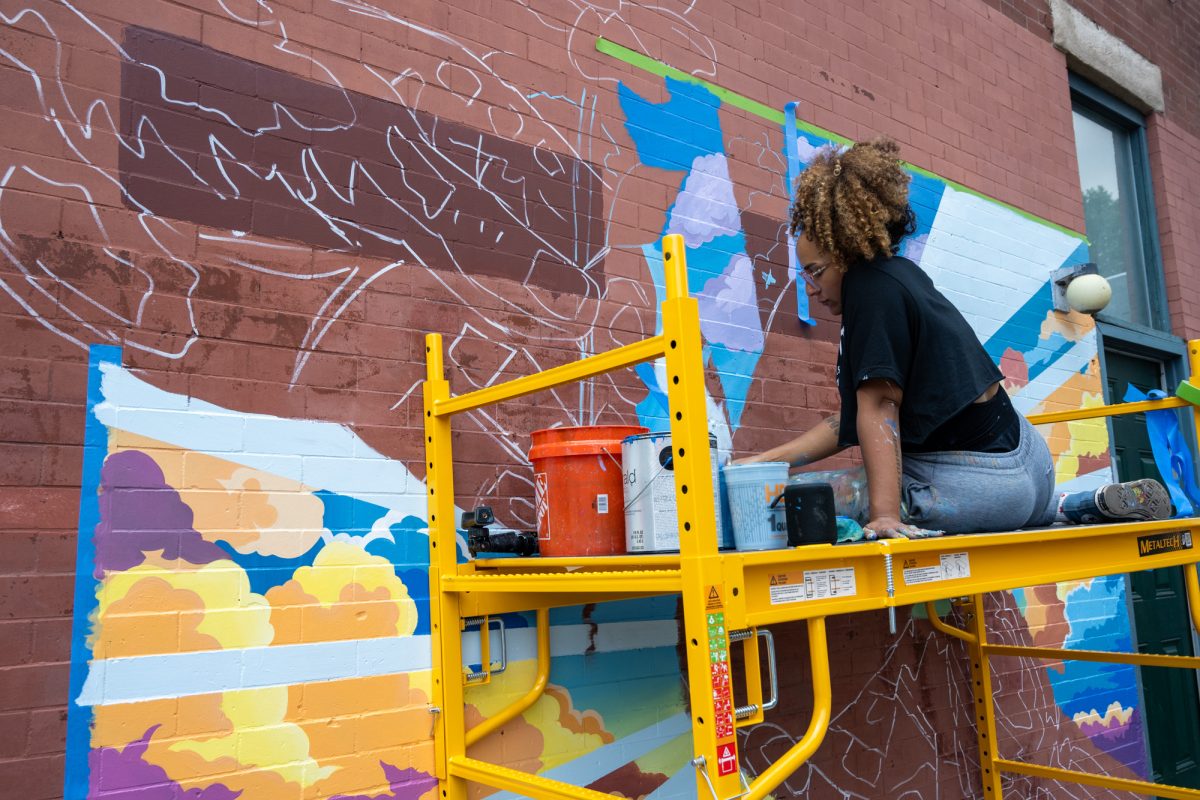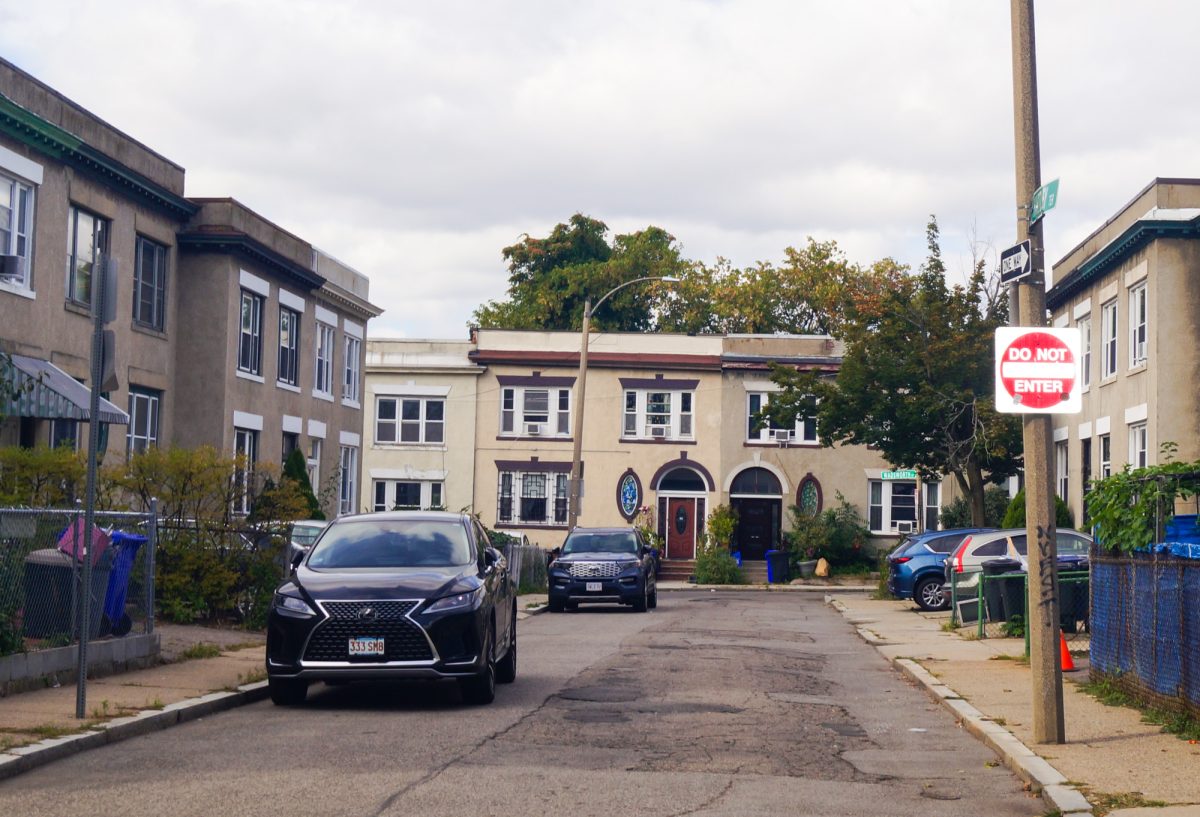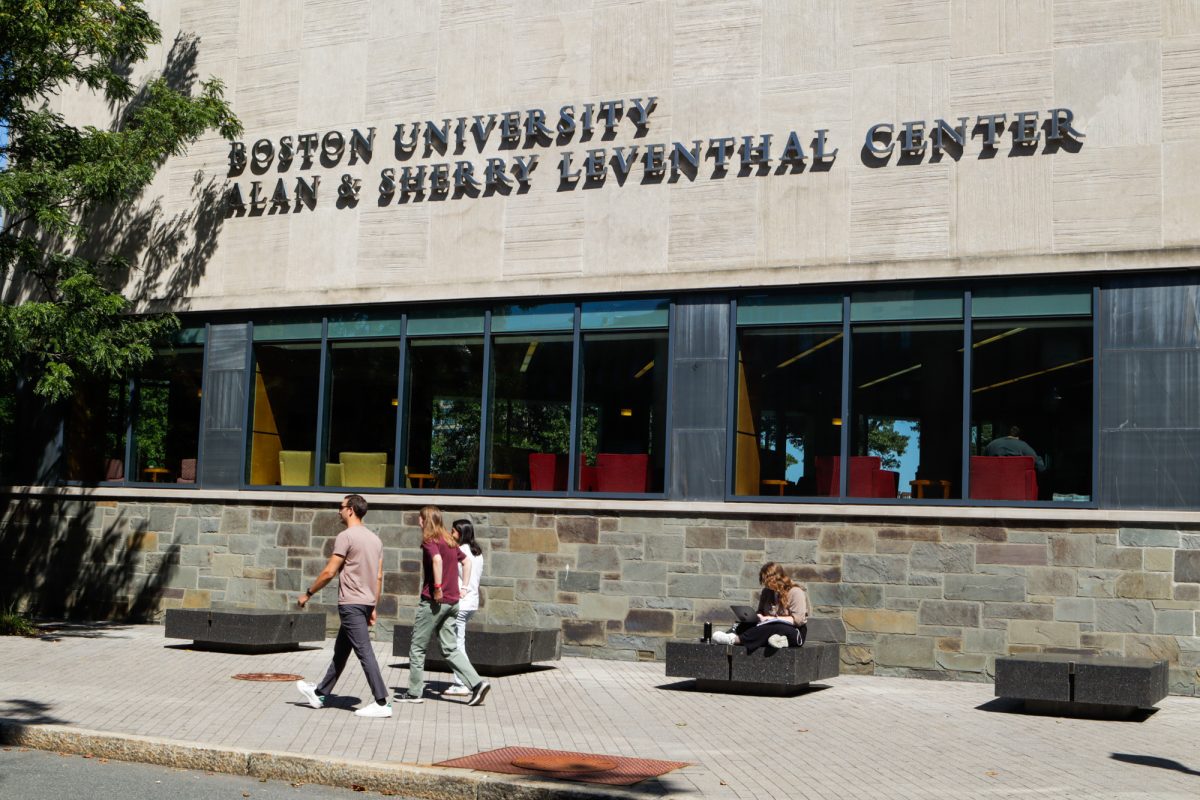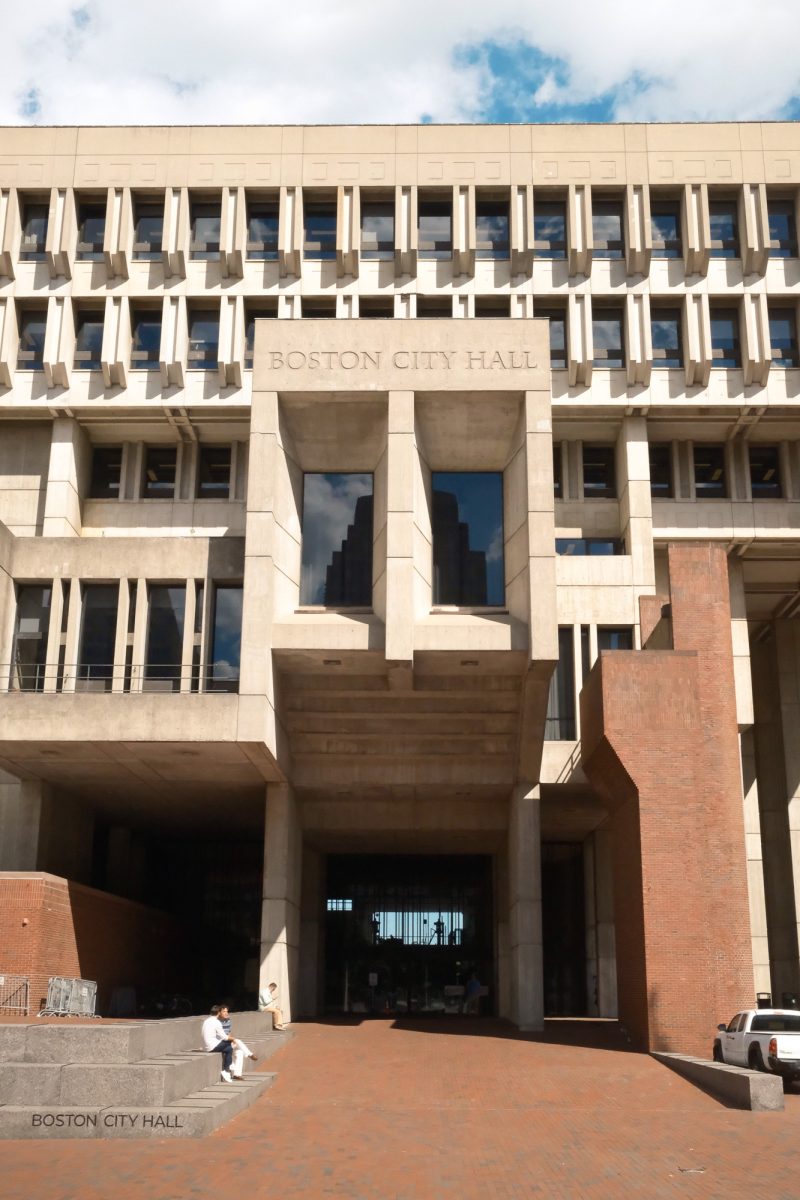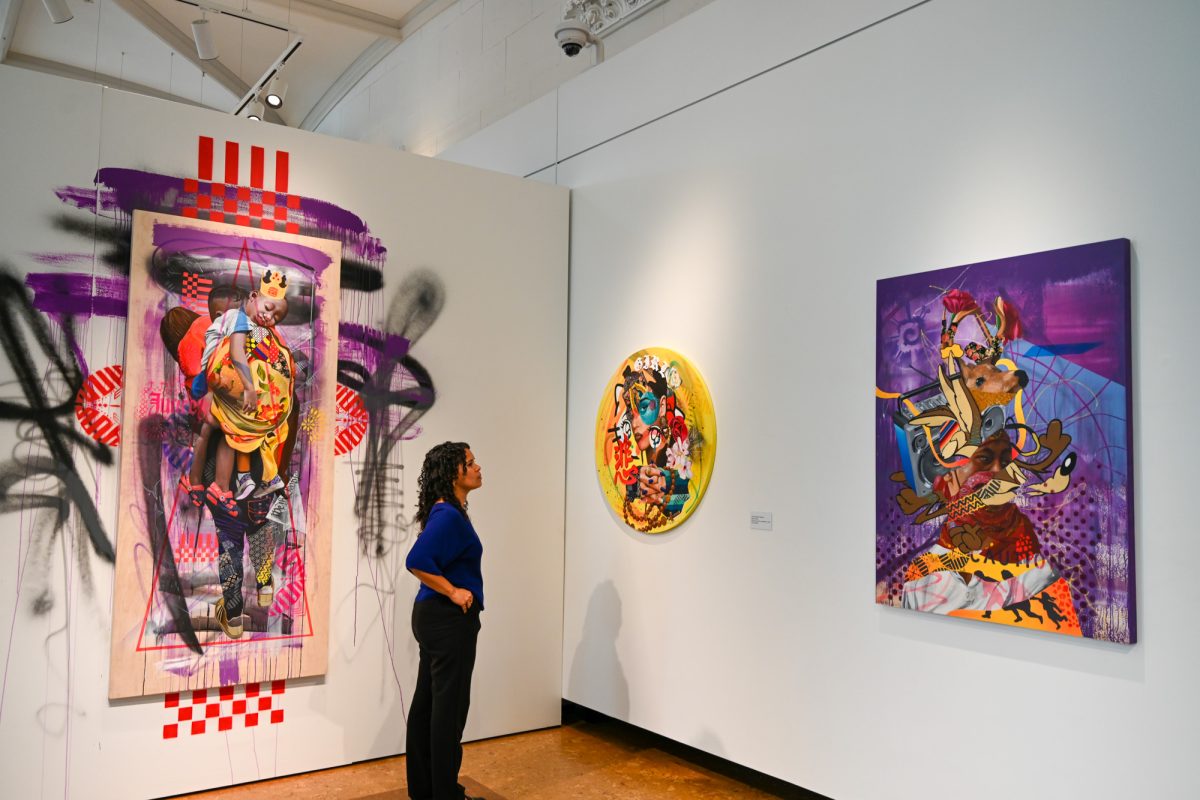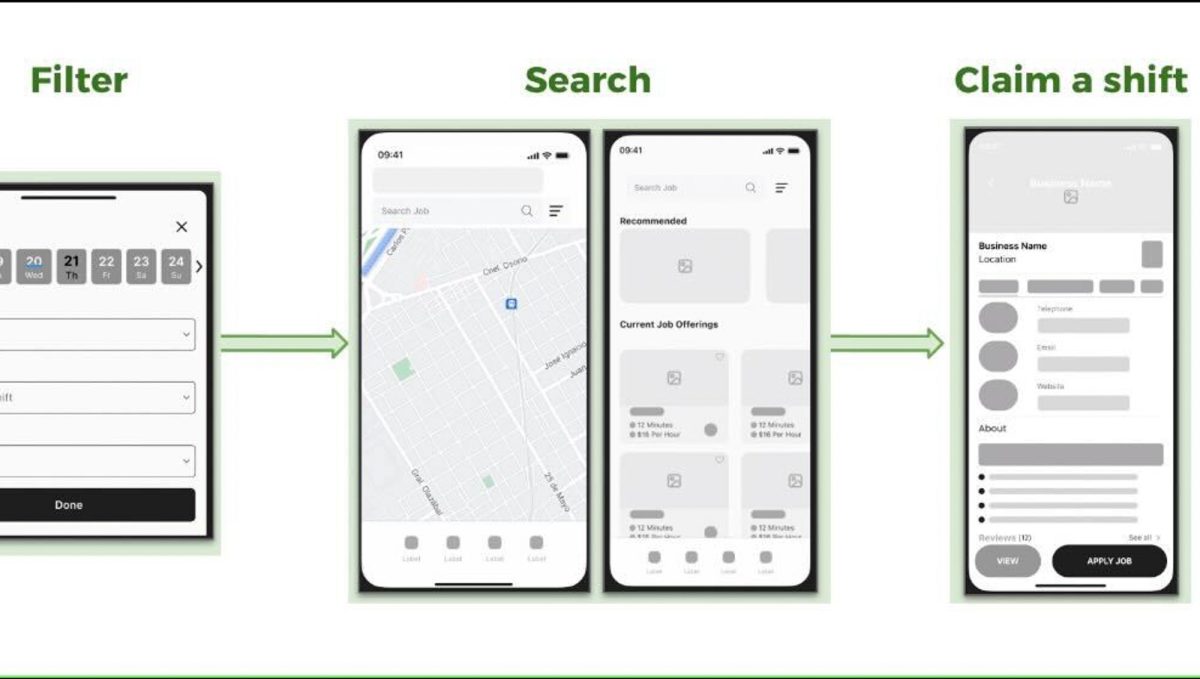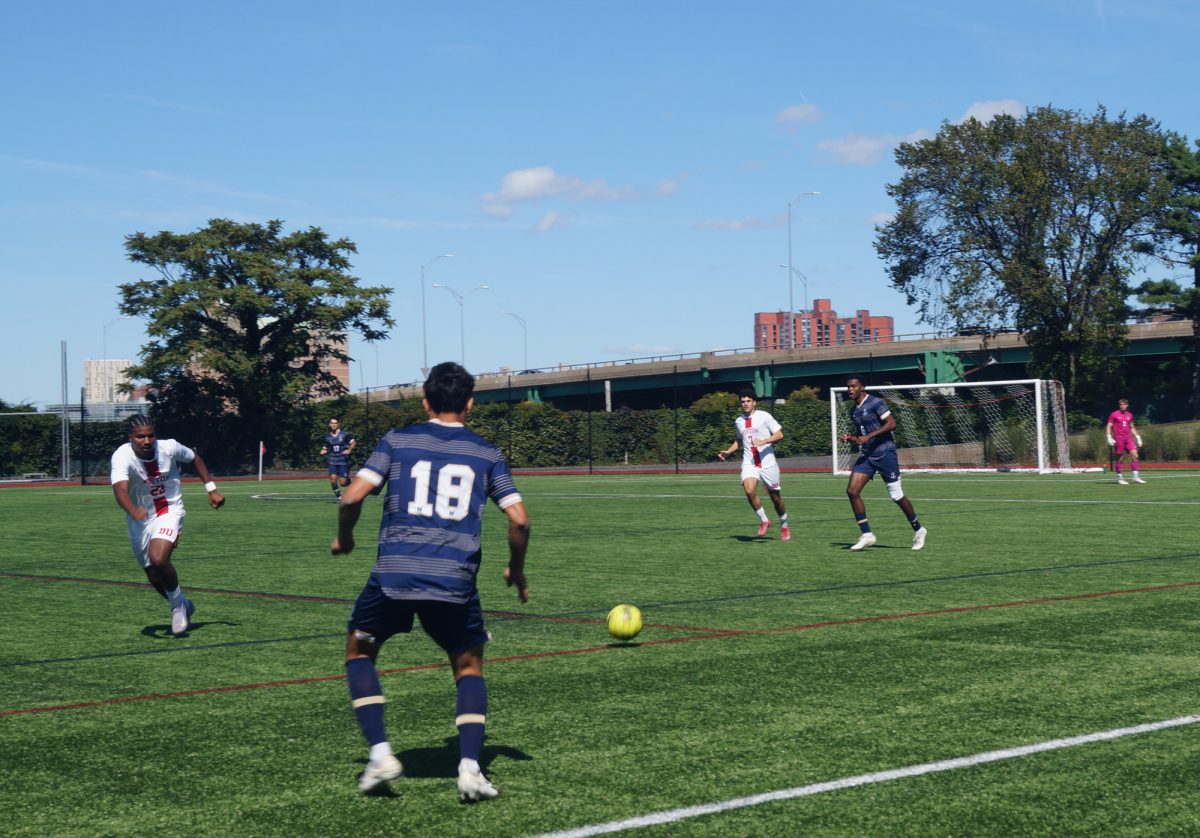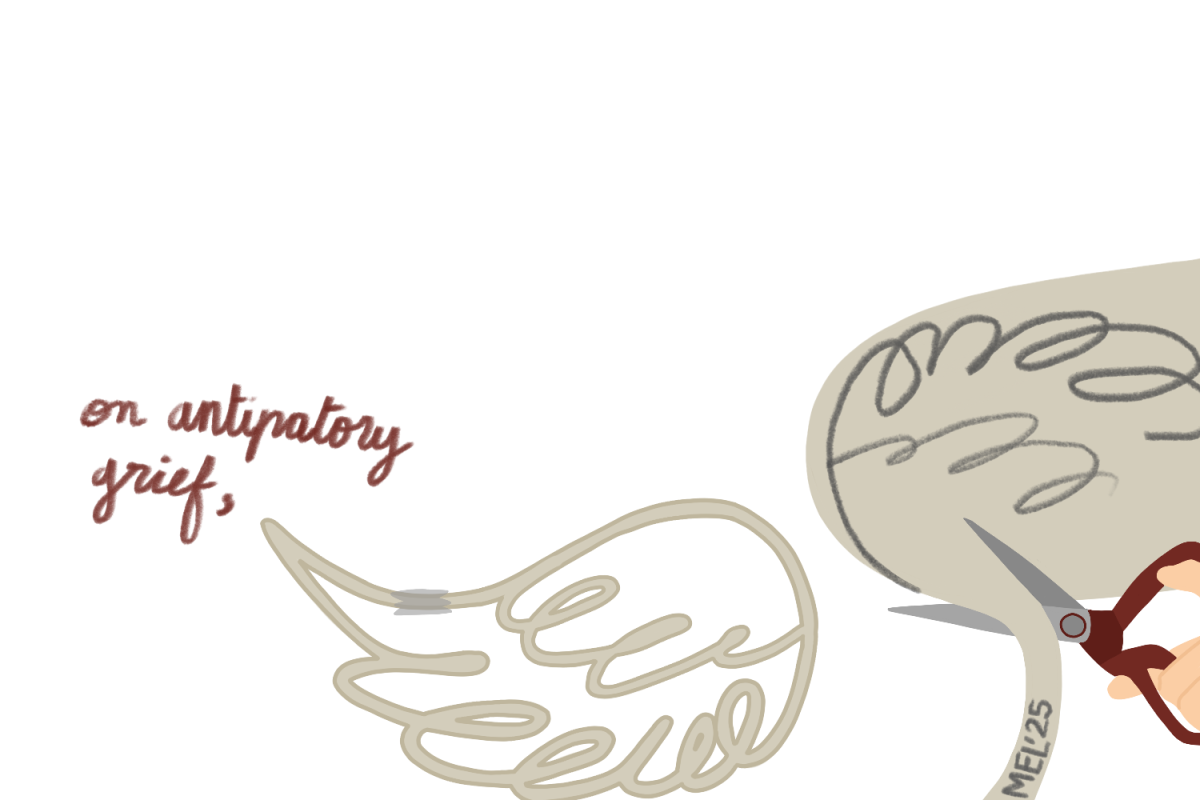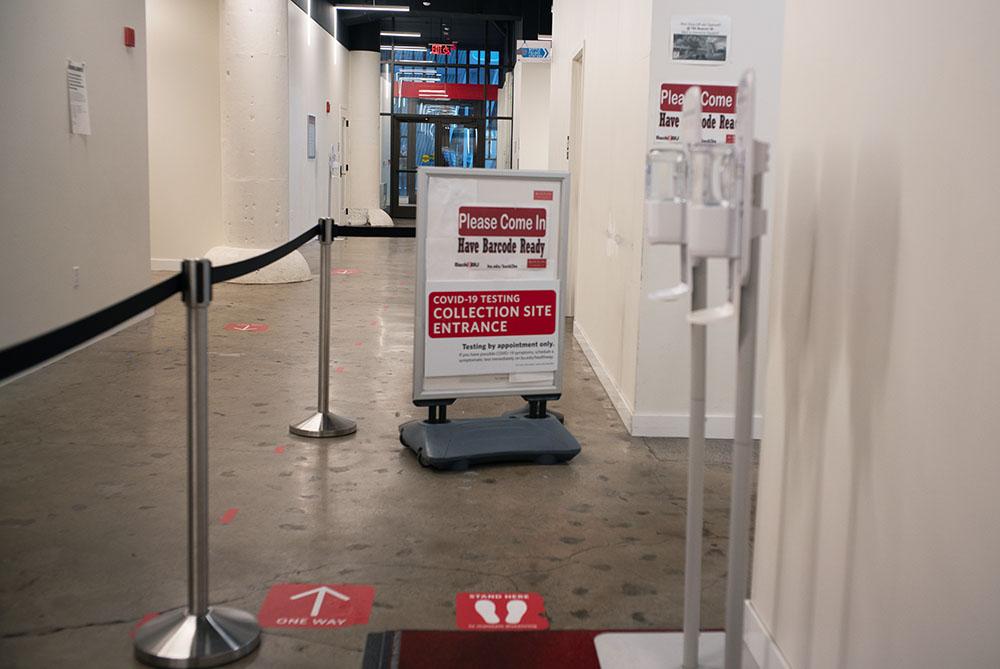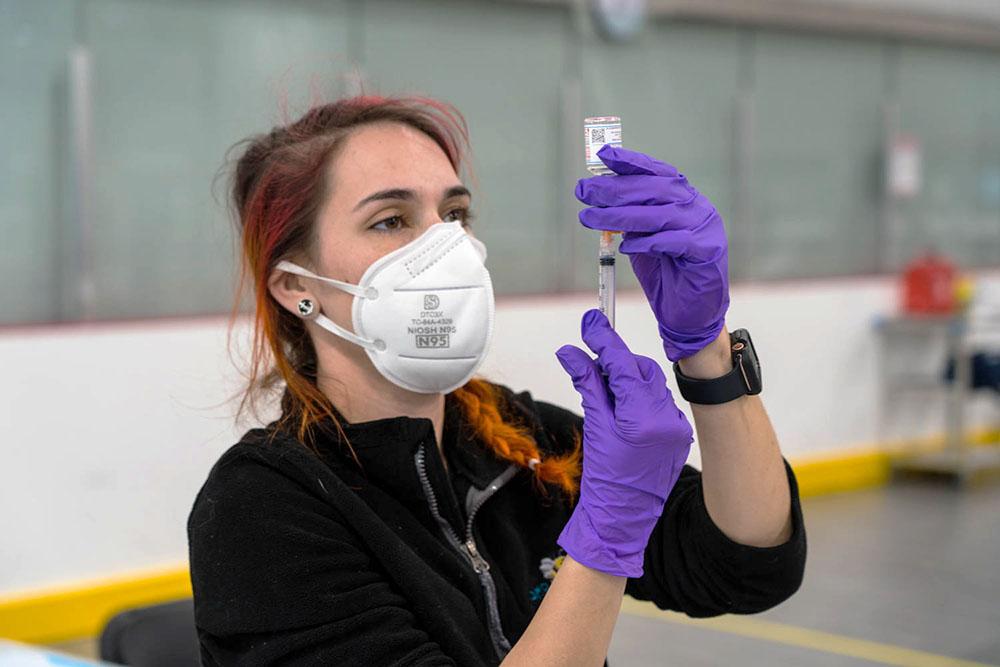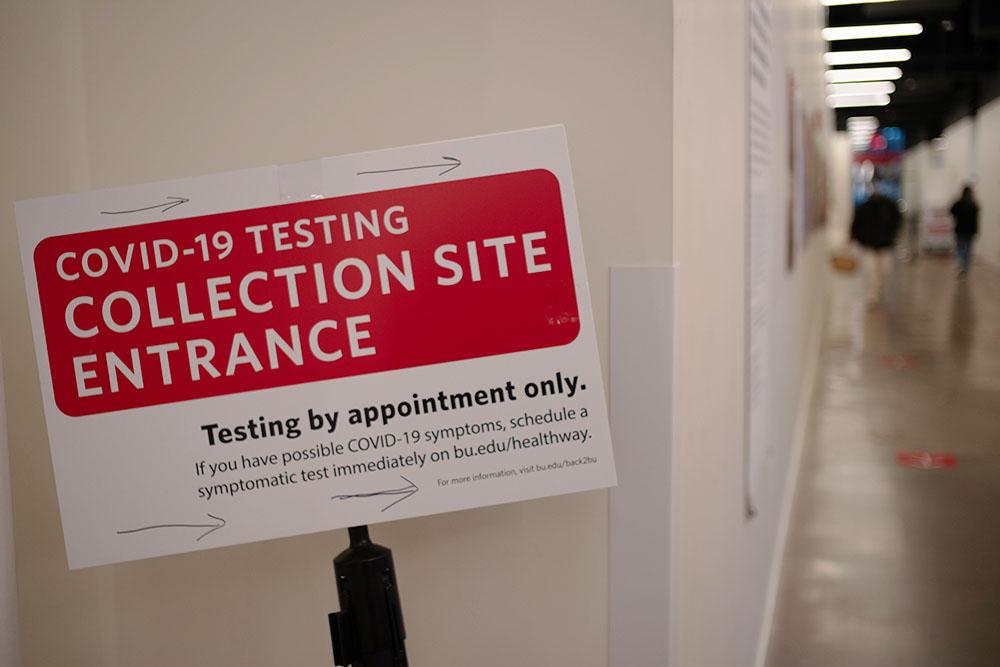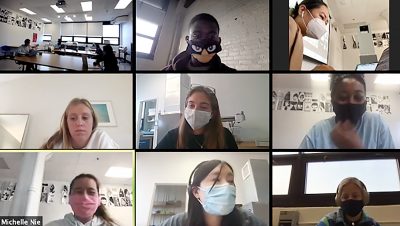
As Boston University’s first-ever hybrid learning experiment comes to a close, students and faculty have seen the successes and failures of Learn from Anywhere. A range of community members expressed thoughts on how the system can improve for the semester to come.
For some faculty members, one positive aspect of LfA was the greater collaboration it fostered among professors — which helped improve the educational experience for students, said Paul Hutchinson, a senior lecturer in the Questrom School of Business.
“I’ve never had so many conversations with faculty colleagues about the art of teaching,” Hutchinson said, “and really thinking through, ‘Why do we do this?’”
After experiencing the high level of student interactivity displayed over Zoom, Hutchinson said, there is no reason to return to in-person large lectures.
Breakout rooms are another benefit of remote learning, he said, because students who were once scattered inside one lecture hall can now be easily broken into small groups for discussion. LfA lectures also foster the ability to host guest speakers from anywhere in the world.
Hutchinson said the issue of academic integrity during online examinations challenged him to strategize ways he could ask more complex questions that require students to apply skills rather than memorize answers.
“It’s easier to write those low-level questions,” Hutchinson said, “but it’s also a lot easier to cheat.”
Hutchinson likened LfA to a new teacher’s first semester: there is a learning curve, he said, so the Spring brings another chance to make tweaks and implement new ideas.
“We’re not rewriting everything from square one,” Hutchinson said. “We’re refining and honing down what we’ve done. And that’s a huge advantage.”
Robert Buchwaldt, a research assistant professor in the College of Arts and Sciences, said he has also discovered creative solutions to problems presented by LfA.
Buchwaldt taught a hybrid class of in-person and remote students, so the question he faced concerns about how to make class engaging for both parties. He said he installed a multi-camera setup inside lab spaces and asked remote students to use household materials in experiments.
“I try to be as creative as possible,” Buchwaldt said. “[There’s] nothing more boring than sitting, actually, at home … and watching other people do things. I think it’s really, really hard for everybody.”
But managing both the in-person and digital components of his class simultaneously has been difficult, Buchwaldt said, adding that BU should opt to dedicate itself to one medium in lieu of a hybrid. Managing technology issues during class, he said, would be easier if all students were online.
If LfA persists, Buchwaldt said, the University should invest in improving its technology. He said the design of Zoom, for example, works better for business than educational settings.
“It needs to be developed a little bit more into detail if it goes into the future,” Buchwaldt said. “If it’s just one more semester, I think we can handle it.”
Managing two multimodal cohorts at the same time has, too, been a challenge for CAS senior lecturer Molly Monet-Viera.
Like Buchwaldt, Monet-Viera said she would prefer the hybrid model focus on providing all-in-person and all-remote classes, rather than classes that try to offer both.
“My biggest concern is the split attention,” Monet-Viera said. “Inevitably, you end up giving more attention to one cohort or another.”
Monet-Viera added she hopes the University would be willing to grant instructors more leniency should they wish to teach remotely. It’s a request faculty had advocated for throughout the summer, without much success.
“The No. 1 thing that would be really great is if the administration gave faculty the flexibility to decide what’s best for their class,” Monet-Viera said, “as opposed to forcing us to teach the way that they’ve decided is best.”
CAS junior Srushti Dhoke said in her experience, professors have been less flexible in regard to academics this semester compared to last Spring. She said professors are assigning more work to students, despite the pandemic conditions and students’ home situations being similar to last semester’s.
Dhoke studied remotely from India this Fall, which she said caused some technical difficulties for her. However, she said she is grateful LfA allows asynchronous learning, especially because of her time zone difference of more than 10 hours.
“I was trying to attend all the classes synchronously in the beginning, but then a bunch of stuff happened, and so I got really behind,” Dhoke said. “Recordings are a huge, huge help.”
CAS junior David Hou, who lives in California, is behind Boston by three hours. Although the time difference is not as severe for him as for international students, he said the issue has still made him feel “detached” from school.
Hou said professors should adopt more asynchronous policies to help students living in different time zones.
“I know students who are literally living nocturnal lives,” Hou said. “If you took a student who is learning from Eastern Time in Boston, versus someone who’s learning from Shanghai that’s 13 hours away, you’ll see a difference in their academic performance.”
Some students taking classes in person have also experienced unique obstacles this semester.
Danae Gaytan, a sophomore in CAS, said her in-person classes did not live up to her expectations: scarcely anyone has shown up to the classroom despite more students having expressed interest. For one of her classes, she said she was one of only two students attending in person.
“I think students need to be more honest,” Gaytan said. “If they say they’re going to attend class in person, attend class in person.”
Jason Prentice, a senior lecturer in CAS, said he thinks attendance dips have more to do with the awkwardness of being taught alongside another group of students who aren’t in the room. He said many of the issues brought on by LfA were “foreseeable,” as he has openly criticized the plan since early June.
Prentice said LfA is more of a plan for BU to retain revenue than a plan for effective teaching, because faculty were not involved in the decision-making process.
“If it were a plan for teaching, you would expect that plan to be developed, at least to a significant degree, by faculty,” Prentice said. “This was a one-size-fits-all plan, handed down to the faculty.”
The lack of consultation with instructors during the development of LfA has contributed to the defects students and faculty have found within this pilot program, he said.
“I think it’s really damaged the fabric of Boston University,” Prentice said. “It’s damaged the relationship between a lot of faculty and staff, indeed, with the administration.”

